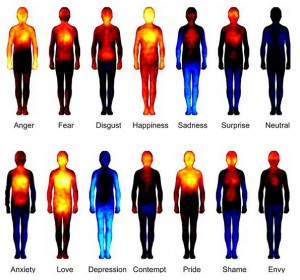 This is the second of a four-part article by Acharya Sadananda of Chinmaya Mission Washington (edited by myself) clarifying the nature of the deep-sleep state and addressing a number of problems which frequently cause confusion in seekers.
This is the second of a four-part article by Acharya Sadananda of Chinmaya Mission Washington (edited by myself) clarifying the nature of the deep-sleep state and addressing a number of problems which frequently cause confusion in seekers.
When I enter into a pitch dark room I cannot see the presence of any object there as it is too dark. I need a light to illumine the objects. In a pitch dark room, the existence or non-existence of any object cannot be established; they may be there or they may not. In essence, their existence becomes indeterminate or anirvachanIyam. On the other hand, I can see that the room is pitch dark and understand that it is because of this that I do not see the presence or absence of any object. Darkness envelops both the known and the unknown. However, I do not need a light to see the darkness. In addition, I know that I am there even when the room is pitch dark. I do not need a light to know that I am there. I am a self existent entity and therefore a self revealing entity, and hence I do not need any pramANa to know that I am present in the dark room. It is similar to saying that I do not need a light in order to see another light. Being a conscious-existent entity, I am also a self-revealing entity or self-luminous entity or I am aprameyam, not an object of knowledge for which a pramANa is required. In addition, my presence as a self-luminous or self-conscious entity is required to illumine any other object – tasya bhAsA sarvam idam vibhUti; it is by that light of consciousness alone that all objects get revealed. Therefore, the light of consciousness that I am can illumine the darkness as well as the light that opposes the darkness. Thus I am the light of lights, since I light the lights and darkness too – jyotir jyotiH. Therefore, I say that I see it is pitch dark which is covering the existence as well the absence of all objects. Continue reading




